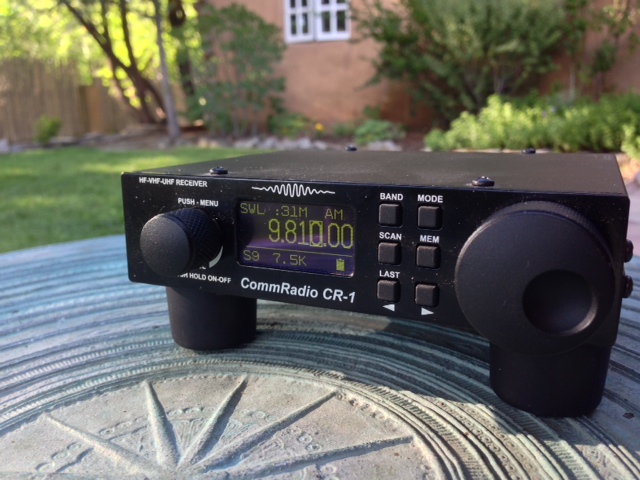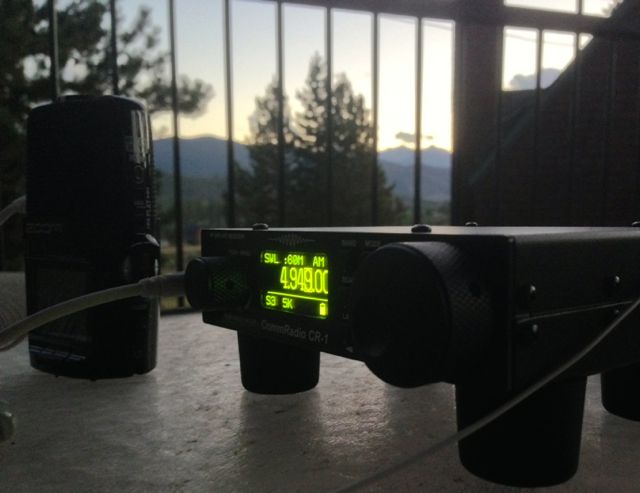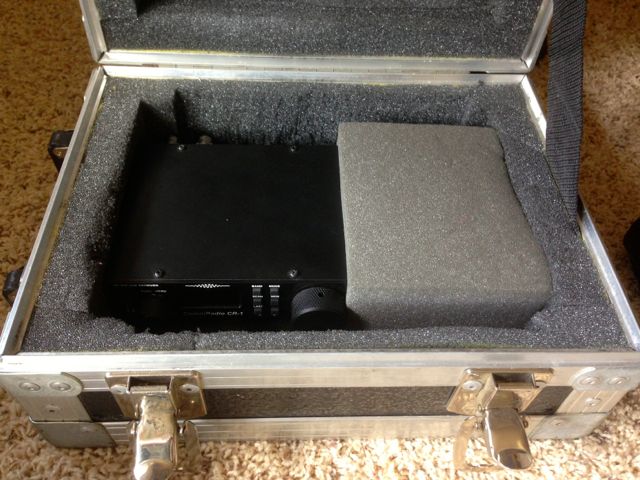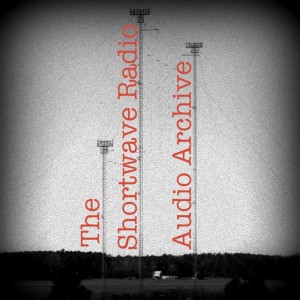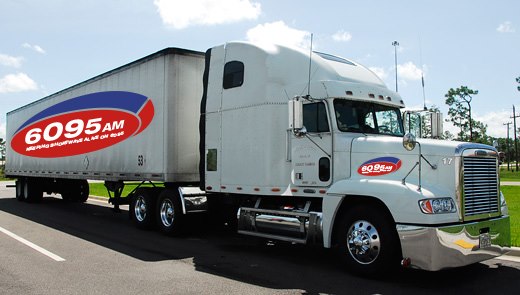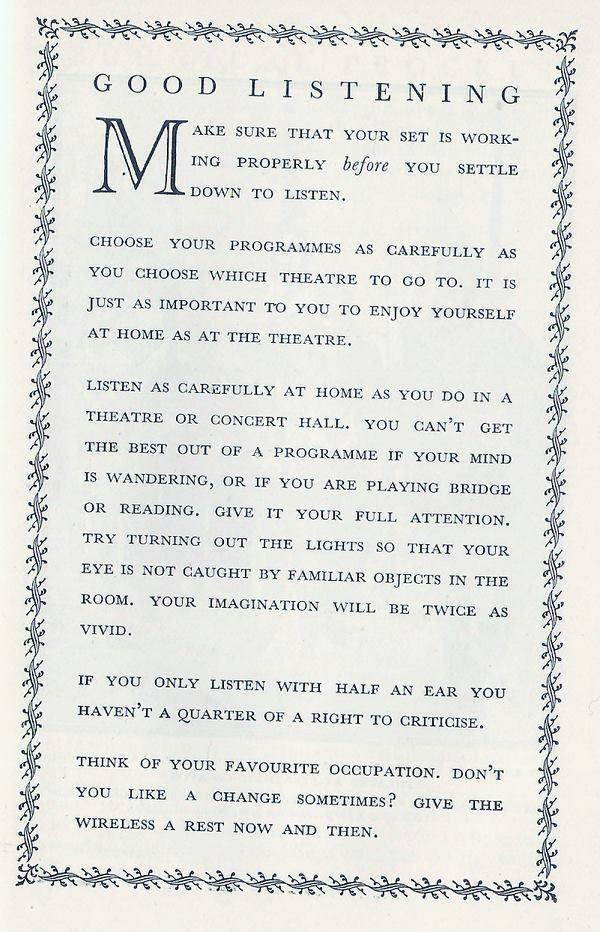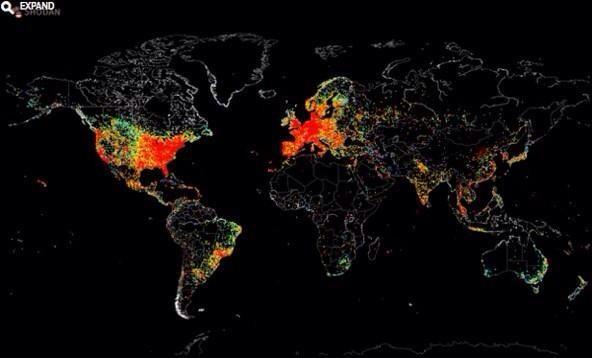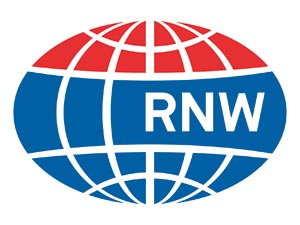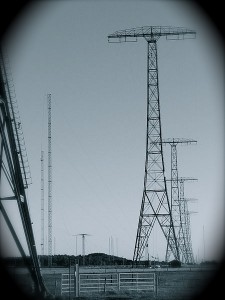 Many thanks to SWLing Post reader, Richard Cuff, who shares this link to a numbers station piece in Highbrow Magazine; one of the more comprehensive numbers station articles I’ve read in a while.
Many thanks to SWLing Post reader, Richard Cuff, who shares this link to a numbers station piece in Highbrow Magazine; one of the more comprehensive numbers station articles I’ve read in a while.
Here’s an excerpt:
“Many nights, Spooks turn on their shortwave radios and drift through the frequencies. On any given night, one can hear amateur radio stations broadcasting church sermons, utility traffic for aircrafts – with the right equipment, you can hear/contact the International Space Station. Yet one of the most eerie, mysterious uses of shortwave is that of the numbers stations: stations that feature ominous – sometimes robotic – voices saying seemingly random number patterns.
Shortwave radio boomed in the 1920s: For decades, it was the only way to receive transmissions from far way. Numbers stations, as they are called now, have been around since World War I, though many of the most famous transmissions took place during the Cold War. These mysterious stations are all, to date, unlicensed. Some feature automated voices, others have what sound like children’s voices, another with a sultry woman announcing numbers. One station – a Moscow-based broadcast during a Communist party coup – featured only the number five repeated for hours.
Numbers stations and use of shortwave have declined after the Cold War, but there are still transmissions heard every day – the shortwave decline has not been as pronounced as one would expect. Part of the reason for this is that it is a secure means of one-way communication. Since the airwaves are being released out into the ether – the intended recipient is completely untrackable. Presumably, spies would carry a one-time pad, which would have the encryption code to be used (ideally) for just one broadcast (hence one-time). This makes decryption from pedestrians and enemies nearly impossible unless that one-time pad is misused or corrupted.
Almost all of the information we have on these numbers stations is due to hobbyists listening, sourcing, and sometimes attempting to decode the stations with their own radios. The communities of hobbyists are vast – and their logging can be prolific. There is the Spooks Spy Numbers Station Mailing List, the Conet Project (which compiles recordings of shortwave), the Spy Numbers Station Database, and many others. They keep track of the frequency, the time, the numbers, and sometimes record audio each time spooks hear a Numbers broadcast. These shortwave enthusiasts sometimes spend hours trying to locate the source of these broadcasts – sometimes, to no avail.”
Continue reading “Numbers Stations, Shortwave Radio, and Their Role in the Intelligence Community”…

